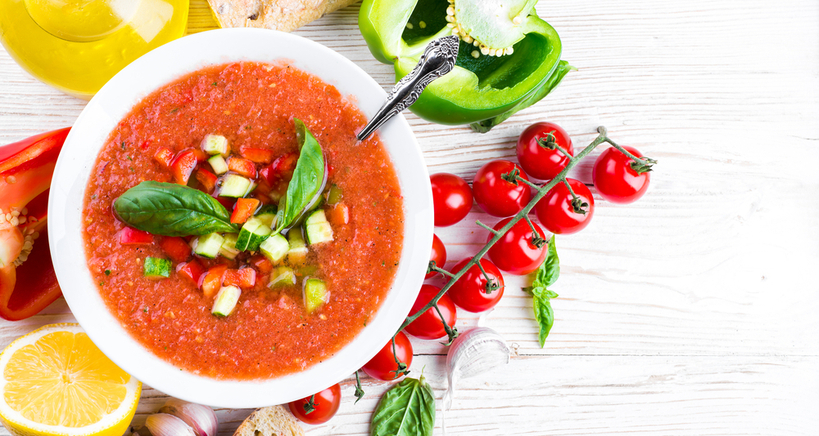
Bread is often referred to as the staff of life. This isn’t an exaggeration. Nearly every culture on every continent has built itself on a specific type of bread. However, not all of these breads are made from the “run of the mill” (pun intended) wheat flour that we are so used to consuming. Grains, also called cereal crops, are harvested grass seeds and fruits. These cereals make up nearly 50% of global food consumption, but there are a wide variety of grains, and each culture and region has its own preferred or traditional grain. The Americas, for example, built their civilizations on the maize and corn that their ancestors domesticated. Injera, a gluten-free spongy flatbread made from the teff grass, is a staple of Ethiopian cuisine. And, of course, many parts of Asia are nearly synonymous with rice.
In the increasingly globalized world, consumers enjoy “going against the grain” by experimenting with new, exciting, and different grains, many of which come with nutritional or agricultural benefits. A few years ago, quinoa (actually a pseudo-grain, since it comes from a flowering plant and not a grass) made its pop-culture debut as an exotic grain substitute that was also high in protein. This year brings another “exotic” superfood grain crop to center stage. The United Nations declared 2023 the year of the millet. The millet is a grain family that is nutritious and gluten-free and may also hold the solution to feeding a growing world. Here’s the scoop on millet, and why you should integrate it into your dishes.
Continue reading Millet – An Ancient Grain That is a Nutritious and Delicious Superfood
 When life gives you lemons, make lemonade. When life gives you leftover lemonade concentrate, make cake. When life gives you cake scraps, make cake pops. Where there’s a will, there’s a way, and there’s always a way to reuse the food items lying around in your kitchen.
When life gives you lemons, make lemonade. When life gives you leftover lemonade concentrate, make cake. When life gives you cake scraps, make cake pops. Where there’s a will, there’s a way, and there’s always a way to reuse the food items lying around in your kitchen. 







